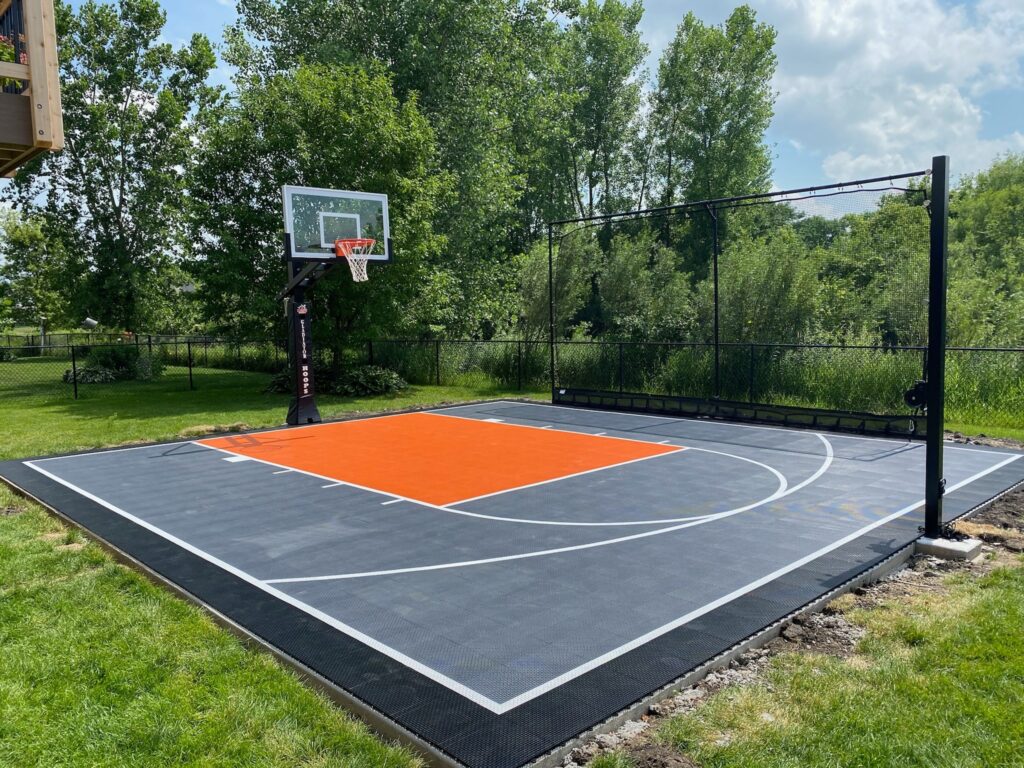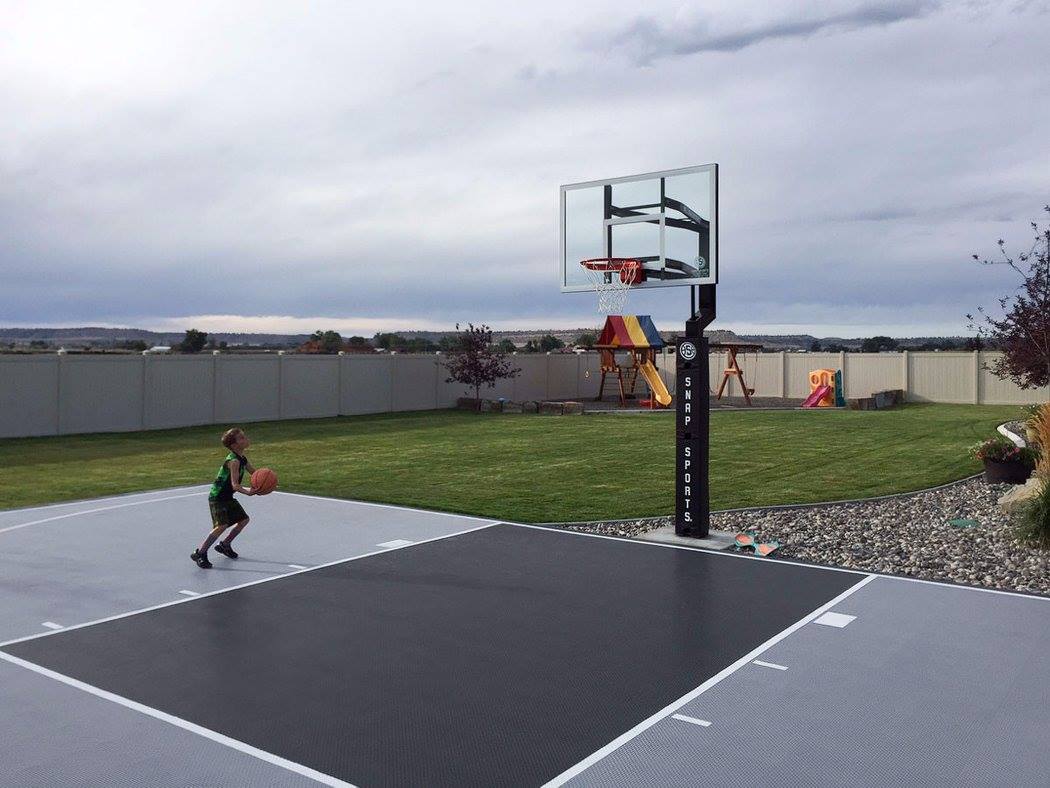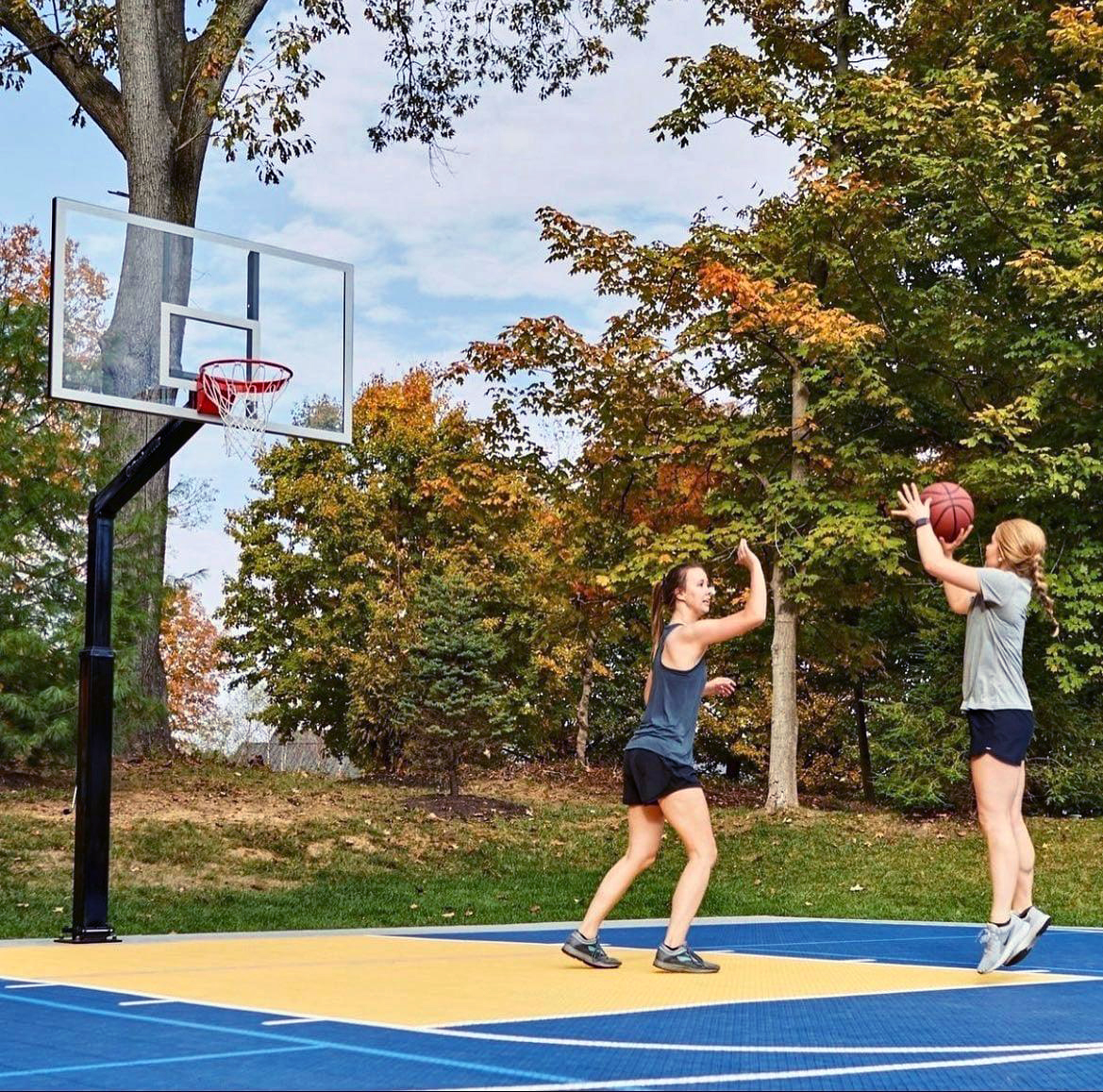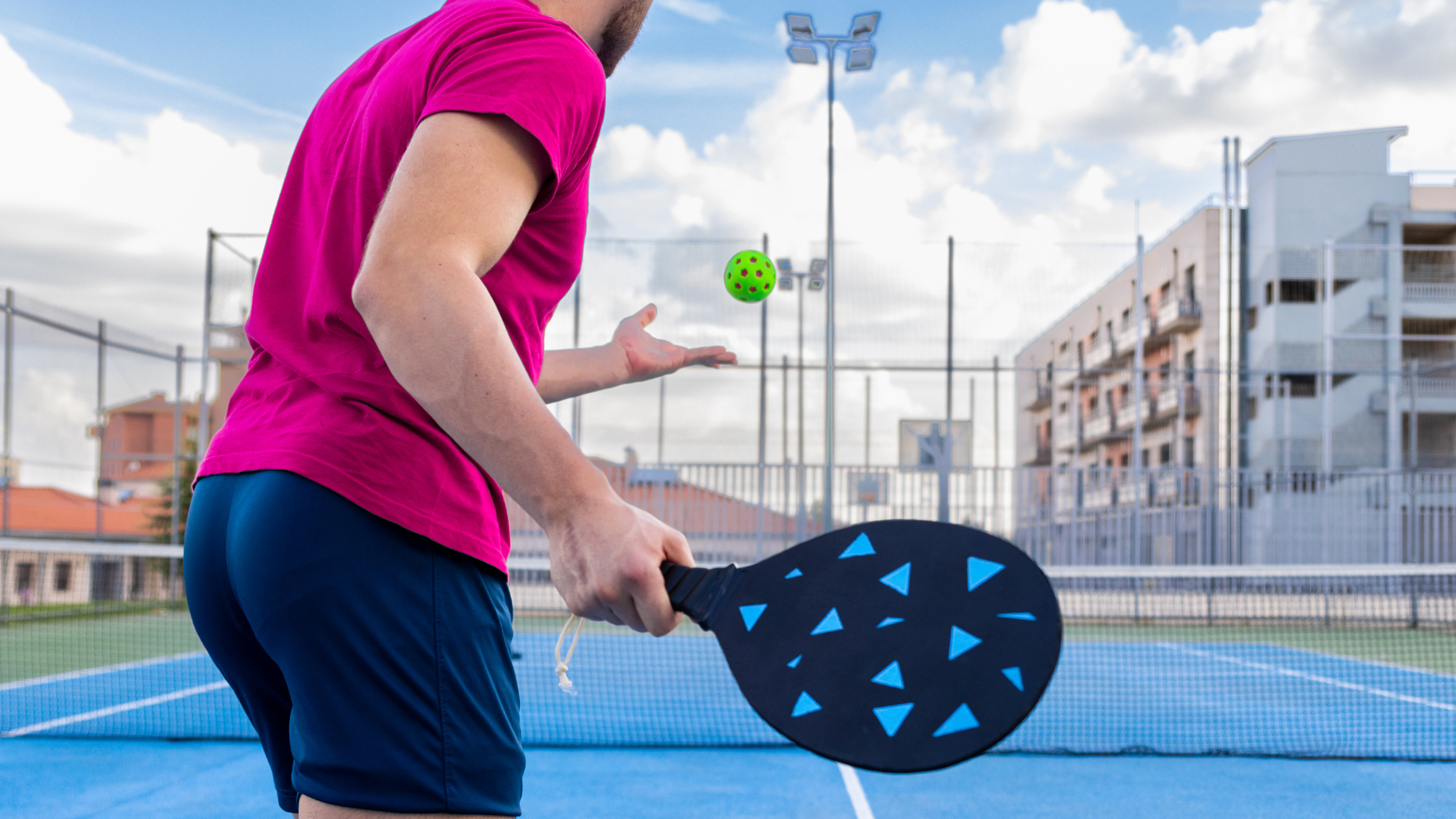Suppose you’re a proud owner of a athletic courts. In that case, whether it’s for tennis, basketball, pickleball, or any other sport, you know that it’s a valuable investment in both your property and your physical well-being. Over time, though, even the sturdiest athletic courts can start to show signs of wear and tear. When this happens, it’s essential to consider resurfacing your athletic court to keep it in top-notch condition and maintain its safety, functionality, and aesthetic appeal.
In this blog, we’ll delve into the key aspects of athletic court resurfacing: when to do it, why it’s important, and how to go about it.
When to Resurface Your Athletic Court
Resurfacing your athletic court isn’t something you need to do every year, but it’s essential to recognize the signs that it’s time for a refresh. Here are some indicators that you should consider resurfacing your athletic court:
- Cracks and Surface Damage: Cracks, potholes, and surface damage can affect your court’s playability and pose safety hazards. If you notice these issues, it’s time to resurface.
- Fading Color: A faded court doesn’t just look unattractive; it can also affect gameplay. UV exposure and weather can cause the color to fade over time, which is a good sign that it’s time for a fresh coat.
- Poor Drainage: Proper drainage is crucial to prevent water from accumulating on your court, which can lead to mold, mildew, and slippery conditions. If your court has drainage issues, it’s time for resurfacing.
- Uneven Surface: An uneven surface can create a tripping hazard and impact the quality of your game. If your athletic court has an uneven surface, resurfacing can help level it out.
- Outdated Design: Sometimes, you may want to update the look of your athletic court to keep it modern and stylish. Resurfacing allows you to choose a new design and color scheme.
Why Resurfacing Matters?
Resurfacing your athletic court is not just about aesthetics; it’s about ensuring the longevity and safety of your investment. Here are some compelling reasons why resurfacing is important:
- Safety: Cracks and surface damage can lead to injuries. Resurfacing repairs these issues, making your court safer for players.
- Extended Lifespan: Regular maintenance, including resurfacing, can extend the life of your athletic court, saving you money in the long run.
- Enhanced Playability: A smooth, even surface enhances the quality of your games, providing a better experience for players.
- Improved Appearance: A freshly resurfaced court looks fantastic and adds value to your property.
How to Resurface Your Athletic Court
Resurfacing your athletic court is a process that involves several steps. It’s essential to hire professionals who specialize in athletic court resurfacing for the best results. Resurfacing any athletic court will need assessments from professional court builders, cleaning and repairs to the courts, resurfacing or changing out the modular tiles from All American Courts, Sealing and depending on the material the court will need to be cured. By following these steps, you’ll have a rejuvenated athletic court that’s safe, functional, and visually appealing.
In conclusion, resurfacing your athletic court is a crucial aspect of its maintenance. Knowing when to resurface, understanding why it’s important, and entrusting the job to professionals will ensure that your athletic court continues to provide years of enjoyment. So, don’t wait for the signs of wear and tear to worsen – invest in resurfacing and keep your athletic court in top shape for years to come!







